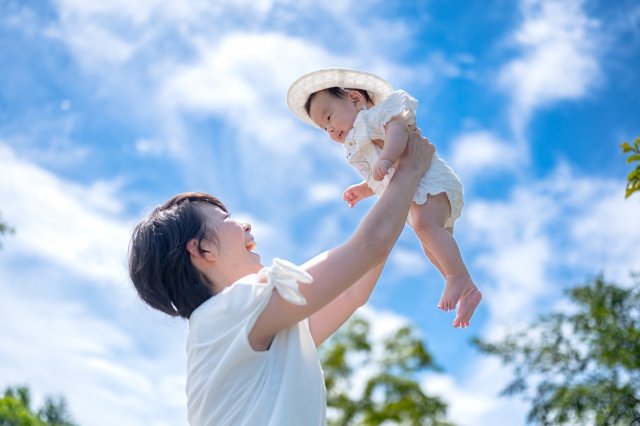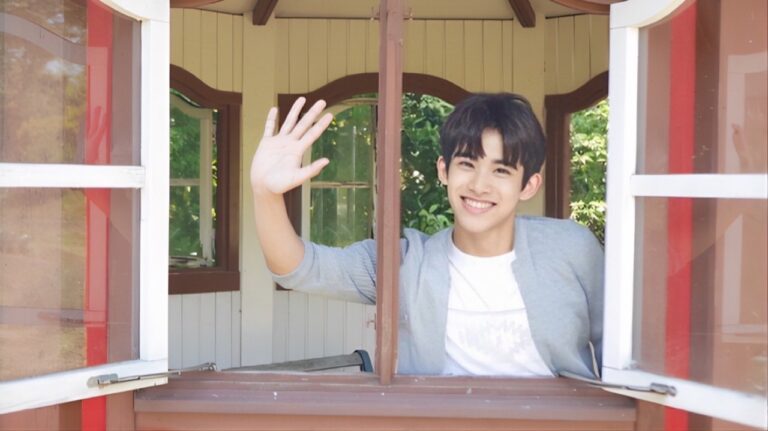What are the different types of the second person in your language?
In English, “you” and “your” are examples, but there should be several types in different countries.
In the case of Japanese, there are quite a few different types of second person compared to other countries in the world.
When you stay in Japan for a long period of time for work or private reasons, you may learn Japanese, but you may have a hard time learning the second person along with the first person.
In this article, we would like to explain the different types of the second person in Japanese and how they differ depending on the time period.

Click here to learn Japanese language with the best one-on-one Japanese tutoring lessons in online.
Contents
Second Persons Commonly Used in Japan
Let’s begin by listing the second person commonly used in modern Japan.
These are words that you should make a priority when learning Japanese, so let’s just learn the main second person.
- あなた(anata)
- あんた(anta)
- 君(kimi)
- そちら(sochira)
- おたく(otaku)
- 僕(boku)
- お前(omae)
- お前さん(omaesan)
- 皆様(minasan)
- みなさん(minasan)
- 各々(onoono)
As you can see, there are many types of second person in Japan.
When addressing family members, friends, and others close to you, words such as “君: Kimi,” “あなた: anata,” “あんた:
anta,” and “お前: omae” are often used.
For people who are a little more distant, we use “そちら sochira,” “みなさん: minasan,” or “各々: onoono.
As for “ぼく: boku,” it is used in the first person to refer to oneself, as in “ぼく、どこに行きたいの?: You! where do you want to go?” It is also used in the second person with children (boys), for example, “Where do you want to go?
The word “君: kimi” is used frequently in everyday conversation and often appears in the lyrics of Japanese songs.
“Boku” in the first person and “kimi” in the second person have become the most commonly used words in Japanese sweets, and you are sure to hear them over and over again when listening to Japanese songs.
The second person most frequently used in business writing is “kiden” (貴殿).
In addition, when speaking to a group of people, slightly stiffer words such as “Gentlemen,” “Ladies and Gentlemen,” and “Each of you” are often used.

Second Person Words Used in Japan in the Past
While the second-person words used in Japan today are as described above, many different words have been used in the past.
Here are some of the words that were used in the past.
- 汝(nanji)
- いまし(imashi)
- 其方(sonata)
- 其の方(sonohou)
- 貴公(kikou)
- こやつ(koyatsu)
- うぬ(unu)
- 貴様(kisama)
- おのれ(onore)
- こいつ(koitsu)
- てめえ(temee)
As shown above, many second person terms have been used in Japan since ancient times.
The old words for the second person are not used as often today as the old words for the first person, such as “拙者: sessya”, “あっし: ahshi”, and “吾輩: wagahai”, so you basically do not need to memorize them.
If they are used, it is only in stories such as manga, anime, and historical dramas.
However, “貴様: kisama,” “こいつ: koitsu,” and “てめえ: temee” are the only three words that may be used against a hostile person in a fight, so it may be a good idea to remember them. (Use of these words is not recommended, as it can lead to a deterioration of the relationship.)

Second Person without Pronouns
In Japan, there are many second-person words that do not use pronouns.
The second person related to relatives are as follows.
- お兄さん(oniisan)
- お姉さん(oneesan)
- おじさん(ojisan)
- おばさん(obasan)
- おじいさん(ojiisan)
- おばあさん(obaasan)
- おやじ(oyaji)
- おふくろ(ofukuro)
In Japan, adding the words “お: o” or “ご: go” is considered polite, so when referring to someone in a friendly manner, it is often said without the “o”, such as “兄さん: oniisan” or “姉さん: Oneesan”, respectively.
In some cases, “ちゃん: Chan” is added instead of “さん: san” to convey a more intimate address.
The second-person words for people other than relatives are as follows
- おっさん(ossan)
- 先生(sensei)
- 師匠(shisyou)
- 先輩(senpai)
- お客様(okyakusama)
- ガキ(gaki)
The word “おっさん: ossan” is used for older middle-aged men who are not blood relatives, but it does not have a very positive connotation, so it is probably best to avoid using it.
“ガキ: gaki” is also used to refer to children in general, but it too does not have a very positive meaning, so it is better to use words such as “おこさん: okosan” or “君: kimi” for children, “坊や: bouya” for boys, and “お嬢さん: ojyousan” for girls.

Conclusion
In this article, we have explained the different types of second person in Japanese and the differences according to time periods.
As mentioned here, there are so many second person in Japan, and they appear in many conversations.
In order to have a smooth conversation in Japanese, it is necessary to remember these words, but it is not possible to remember them all at once, so let’s start with words that are used with desire, such as “あなた: anata” and “君: kimi.
Related article:










